In this article, we will look at the symbols of the flags of Japan, Korea, and the Scandinavian countries.
(As of images of flags below, a grey frame or background is not a part of the flag or flags; I added it to create contrast to the white background of the page, so white of the flag(s) is not confused with the white of the page.)
Let's first look at the flags of Japan & Korea (South). Two flags being distinct, powerful and suggestive symbols. There is a similarity in the basic design; a circle in the centre of the flag. Still I think this similarity is purely coincidental. There is nothing in common in the interpretation: the circles have two entirely different meanings.
Nisshōki: The flag of Japan
The flag of Japan, a red disc centred on a white field, might very well be the most efficient state symbol in the world. Simple, yet clear and always recognisable.
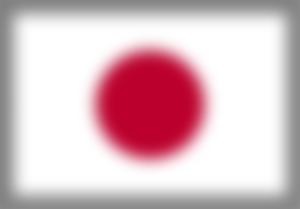
The red disc is a sun-disc, and the Japanese name of this flag is Nisshōki, “sun-mark flag”, or Hi no maru, “circle of the sun”. Officially and legally, the symbol has been a national ensign since 1870, and as the national flag from 1999. Already before that, however, it was used as a national flag, although there were no laws defining or regulating such a general symbol.
The oldest preserved flag can be found in the Unpō-ji temple in Kōshū. According to legend, it was given to the temple by the emperor Go-Reizei, who reigned the years 1045-1068. However, there are literary records of even earlier use of the red-disc symbol. Shoku Nihongi relates that Emperor Monmu, who reigned 683-707, used a sun-disc flag already in 701.
No doubt, the sun-disc is related to the importance of the sun in Japanese mythology. The emperor is considered a direct descendant of Amaterasu, the sun goddess.
Taegeukgi: The Flag of Korea (South)
The Korean flag has another circle in its centre That is the taegeuk, a symbol consisting of two interlocking semi-circles. The colours are red and blue.
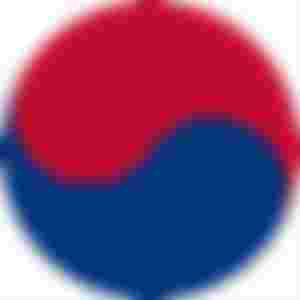
This is the Korean version of the Chinese yin-yang symbol. The word “taegeuk” is derived from Chinese “taiji”, which means “supreme ultimate”. From this symbol, the Korean flag is called taegeukgi, where “gi” simply means flag.
The taegeuk is related to Korean (and Chinese) philosophy. The red colour symbolises earth and the blue symbolises heaven. Sometimes it is expressed as that red is positive and blue negative. Any interpretation of balancing opposites. The whole taegeuk represents universe in balance.
The flag is white, with a taegeuk in its centre and four black trigrams towards its corners. The trigrams are four of the originally eight, found in Taoistic cosmology.
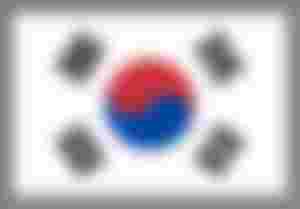
These trigrams symbolises the four classical elements. They can also be interpreted as other divisions of four; for instance, the four seasons or the four directions.
The white background means peace and harmony.
Korea didn't have a national flag until quite recently. They found no use for one. The one displayed above is used by South Korea since 1948, but similar designs (and colours) were used for the whole Korea also 1882-1910. Before that, there were various royal standards. Here are three examples: flag of the king of the Joseon dynasty, about 1800 (top); flag of the Joseon dynasty, about 1856 (bottom left); and standard of the King of Korea. About 1876 (bottom right).
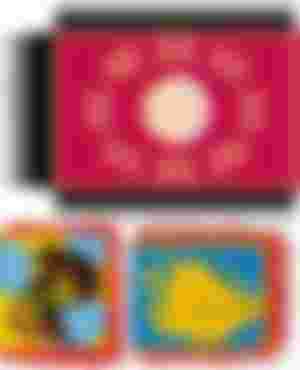
The Nordic Cross
A Scandinavian or Nordic cross is a cross with the center moved towards the hoist (towards the flagpole), that is, it is slightly to the left in the picture of a flag. The name comes from the fact that the flags of all Nordic countries except Greenland display such a cross. Historically this goes back to a Danish regulation from 1748, which described the ensign for merchant ships as "the two first fields must be square in form and the two outer fields must be 6/4 lengths of those".
This design, or a similar one – the proportions are not always the same - was later adopted by Norway and Sweden, and subsequently by Iceland and Finland. Below we see the flag of Denmark (left), of Sweden (middle), and of Norway (right).

The Nordic cross has spread over Northern Europe, on official and unofficial local flags, previous or present. We can find many occurrences in the Baltic area, Germany, the Netherlands, and on the British Isles. Here are three examples: Flag of Utrechtse Heuvelrug, Netherlands (left); Shetland, British Isles, (middle); and a flag proposed, but never adopted, for West Germany in 1948 (right).

A Nordic cross occurs occasionally in other parts of the world as well. It is hard to say if such designs are related or just coincidentally similar.
Incidentally, there is something extra to say about the Danish Flag, Dannebrog. It is considered the oldest continuously used state flag in the world. As we saw, the Nordic cross isn't all that old, but before that the Danish flag still displayed a white cross on a red background.
According to tradition, the flag was introduced in the Battle of Lyndanisse in 1219. The oldest documentary proof of its use, however, is from Gelre Armorial (mid 14th century), where it is displayed beside the coat of arms of the Danish King (image below).
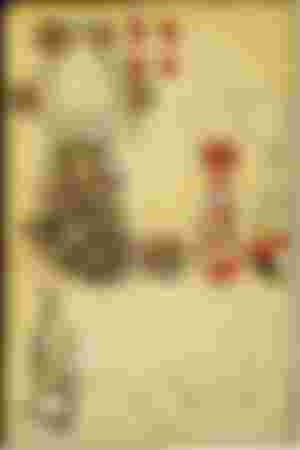
Related articles:
The Crocodile, a Symbol of Egypt?
From the Sacred Cobras of Egypt to Quezalcoatl: Serpents & Snakes in Mythology
Snakes in Astrology & Heraldry
Fleur-de-lis & The Lily of Florence
La Tricolore: What is the Origin of Its Colours and Design?
The Star-And-Crescent - A Symbol for Islam?
Copyright © 2017, 2021 Meleonymica/Mictorrani. All Rights Reserved.
Here you find my articles related to symbols, and to history.
Interested in history, legends and myths, join my community History, Myths, Legends & Mysteries (be45).
You find all my writings on Read.Cash, sorted by topic, here.

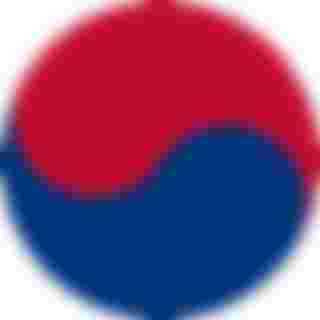
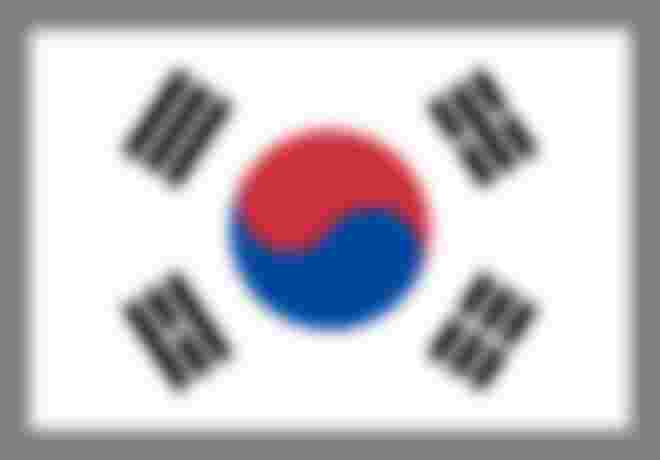
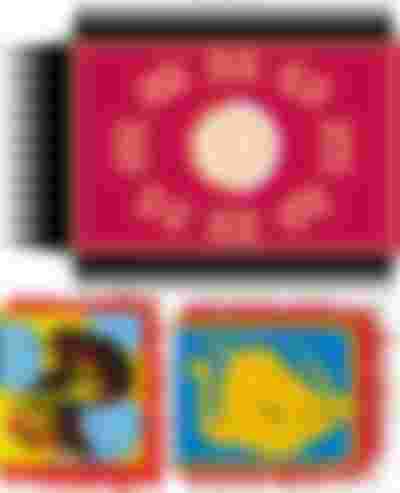



Flashing back Reminds me when I still go to school these was once a lesson from one subject and everytime we celebrate UNITED NATIONS MONTHS flags are verywhere with different xolors and desigms